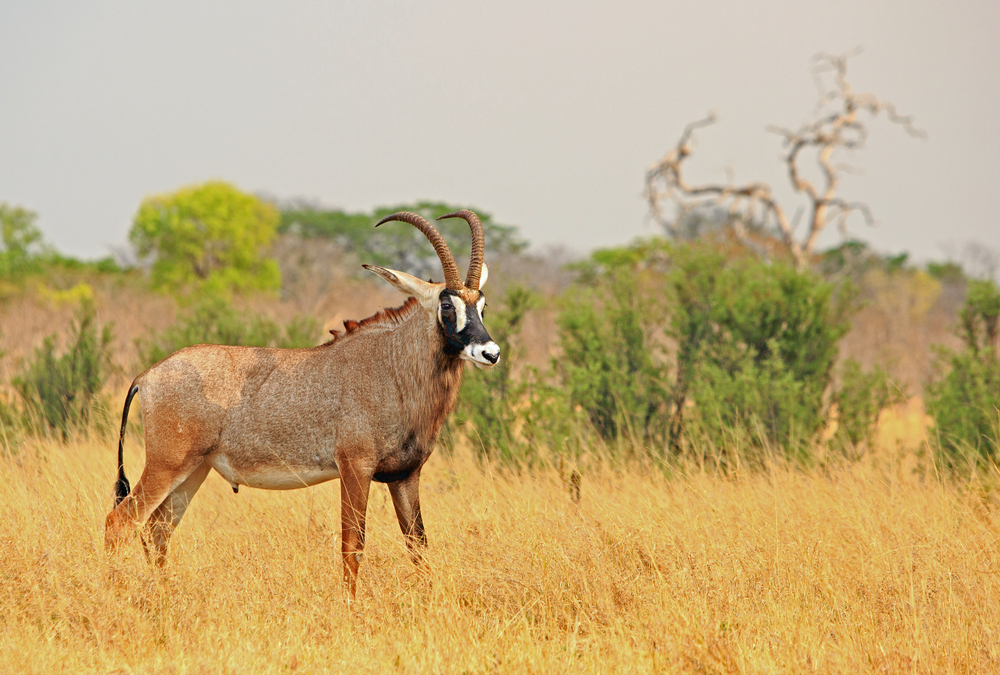Chad Basin Overview
Chad Basin National Park, located in northeastern Nigeria, is one of the country’s most significant protected areas, spanning three distinct sectors: the Chingurmi-Duguma sector, the Bade-Nguru Wetlands sector, and the Bulatura Oasis sector. Covering approximately 2,258 square kilometers (872 square miles), the park plays a critical role in conserving the unique ecosystems and biodiversity of the Lake Chad Basin. Known locally as “Hanya na Kogin Chadi” in Hausa, the park was established in 1991 and serves as a vital refuge for wildlife and an essential resource for environmental education and eco-tourism.
The terrain of Chad Basin National Park is incredibly diverse, ranging from wetlands and floodplains to desert-like dunes and oases. The Chingurmi-Duguma sector features dry savannas interspersed with patches of acacia woodlands, providing habitats for a variety of terrestrial species. The Bade-Nguru Wetlands sector, a Ramsar-designated site, comprises seasonal floodplains and marshes that sustain rich birdlife and aquatic ecosystems. The Bulatura Oasis sector, with its sand dunes and underground water reservoirs, is an arid region supporting unique desert-adapted species.
Chad Basin National Park is home to a variety of wildlife adapted to its diverse ecosystems. Large mammals, such as roan antelope, gazelles, and jackals, roam the savannas and woodlands. The wetlands attract an array of waterbirds, including pelicans, herons, and the endangered marabou stork, making the park a paradise for birdwatchers. Reptiles like Nile crocodiles and monitor lizards inhabit the wetlands, while the oases sustain desert-dwelling species, including scorpions and sand-dwelling lizards. The park is also known for its diverse plant life, including drought-resistant shrubs, grasses, and native palms.
Visitors to Chad Basin National Park can engage with its natural beauty through guided safaris and birdwatching tours, particularly in the wetlands sector, which is a hotspot for migratory birds. Hiking and photography are popular in the Chingurmi-Duguma sector, where visitors can explore the savannas and woodlands. The Bulatura Oasis sector offers unique opportunities to experience the tranquility of the desert and observe its fascinating landscapes and flora. Additionally, cultural tours with local communities provide insights into traditional practices and the significance of conservation in the region.
The park faces significant challenges, including desertification, poaching, and conflicts over natural resources. Climate change exacerbates these issues, particularly in the wetlands, which are sensitive to changes in water availability. Conservation efforts, led by Nigeria’s National Parks Service and supported by international organizations, focus on habitat restoration, anti-poaching measures, and community engagement. Awareness campaigns and sustainable livelihood programs are also essential components of these initiatives, aiming to balance conservation with the needs of local populations.
Chad Basin National Park is a vital part of Nigeria’s natural heritage, protecting unique ecosystems and supporting biodiversity in the Lake Chad region. Its diverse landscapes, rich wildlife, and cultural significance make it an important destination for eco-tourists and researchers. By safeguarding this park, Nigeria contributes to global efforts to conserve critical habitats and ensure the sustainability of natural resources.










































































